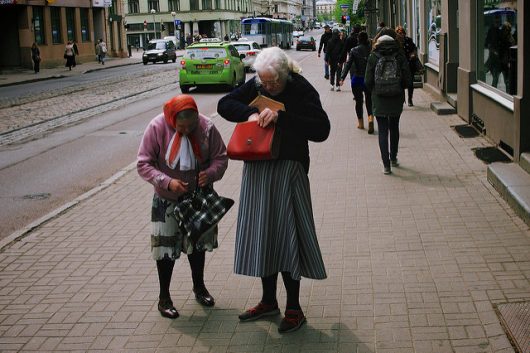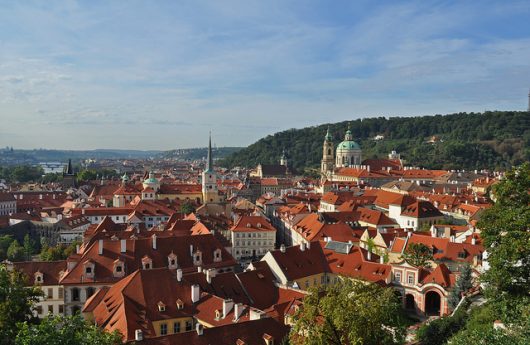
Located off the coast of the Black Sea in Southeastern Europe and nestled just between Romania and Turkey lies the nation of Bulgaria, a country only slightly larger than the state of Tennessee. Although Bulgaria’s average life expectancy has been climbing steadily, the country still has one of the shortest life expectancies in the European Union at 74.5 years, coming in just ahead of Lithuania and Latvia. Here are some facts about the top diseases in Bulgaria:
Cardiovascular Diseases
Heart diseases–disorders of the blood vessels and heart–are the deadliest of the top diseases in Bulgaria. Currently, such diseases are the cause of over 60 percent of all deaths in the country.
According to a 2015 report published by the Institute for Health Metrics and Evaluation, the three most fatal heart diseases of the previous decade in Bulgaria were ischemic heart disease, cerebrovascular disease and hypertensive heart disease, which were the first, second and third most deadly diseases in Bulgaria respectively. Since 2005, deaths from ischemic heart disease had become 1.9 percent more prevalent, while deaths caused by hypertensive heart disease had become 13.2 percent more prevalent. Deaths due to cerebrovascular disease, on the other hand, had decreased by 1.3 percent.
The World Heart Federation lists controllable risk factors of heart diseases to be, among others, tobacco exposure, harmful consumption of alcohol, physical inactivity and obesity. In 2009, Bulgaria addressed the country’s high prevalence of heart diseases by participating in World Heart Day, providing free cardiology exams across the country.
Alzheimer’s Disease
Following the formerly listed heart diseases, Alzheimer’s disease is the fourth most fatal of the top diseases in Bulgaria. Alzheimer’s disease, a form of dementia, is a degenerative brain disease in which protein deposits abnormally build up in the brain and, as of 2015, death by Alzheimer’s disease in Bulgaria had become 27.8 percent more common than in the previous decade. According to the World Health Organization, the disease is now the cause of 26.2 percent of all deaths in the country.
Since January 2014, a national policy plan to address dementia in all its forms has been in final review. As of July 2016, there was no finalized national dementia strategy in Bulgaria to address the recent rise in Alzheimer’s disease.
The top diseases in Bulgaria have only just begun to be addressed domestically. With the continuation of direct policy changes and implementation of preventative care, Bulgaria hopes to see reduced instances of heart diseases and Alzheimer’s disease, ultimately increasing their life expectancy.
– Shannon Golden
Photo: Flickr









